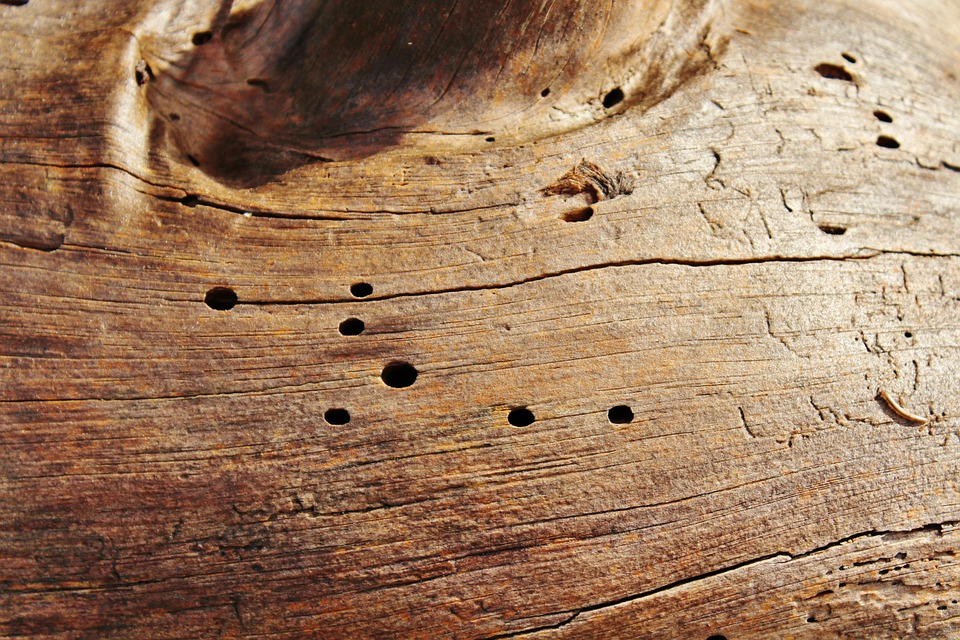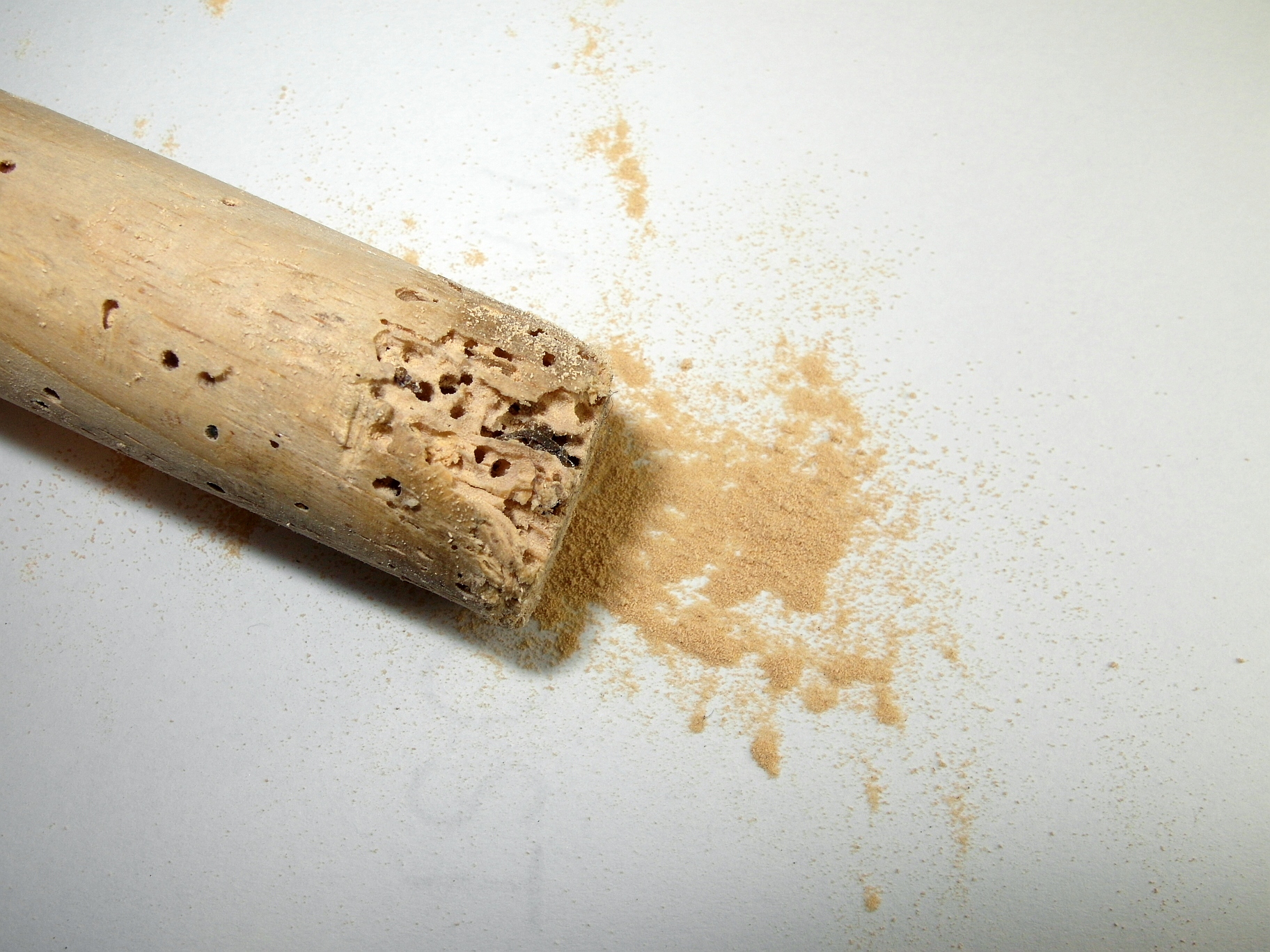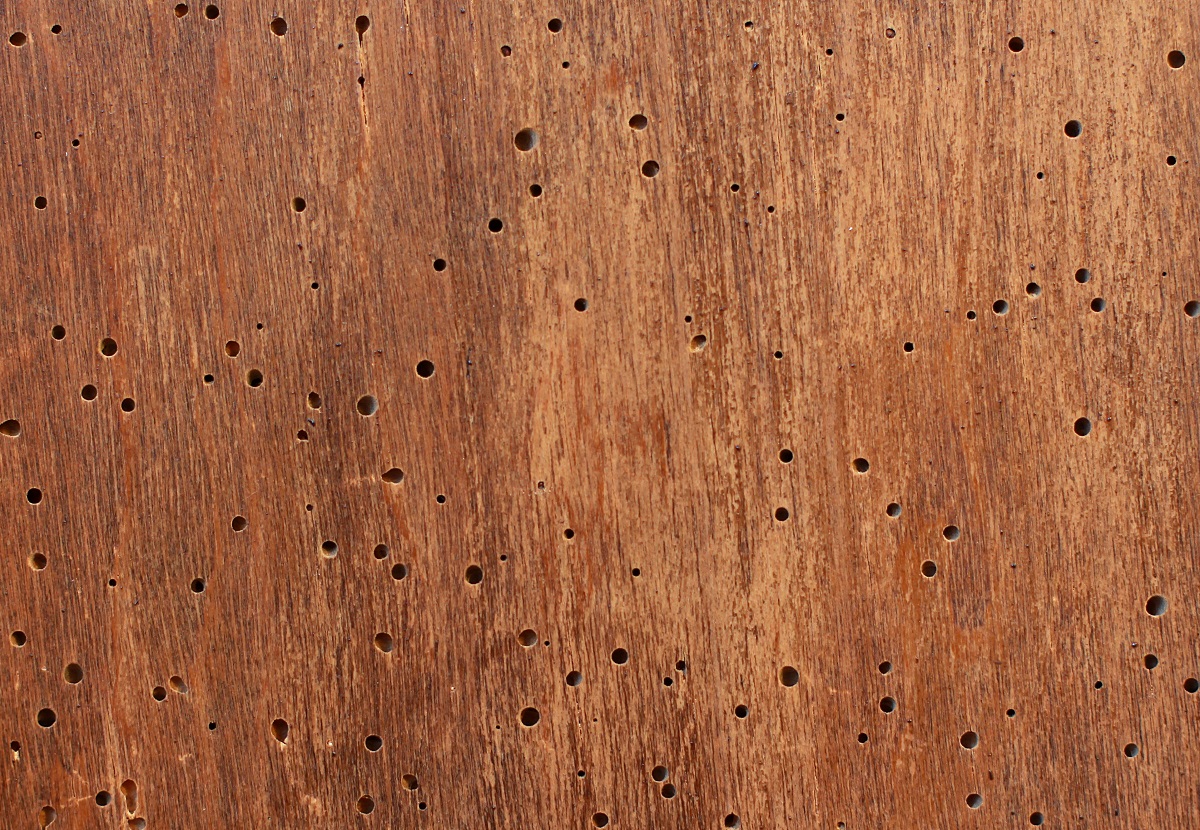Signs of woodworm to look for & preventing woodworm in your furniture
Woodworm is a very serious problem that damages timber and can lead to their structural failure. Woodworm is the larvae of any wood-boring beetle species that can invade any wood or timber and consume them, leaving them at maturity. These worms can live in any part of the home where timber is found as long as there are favourable conditions for their infestation.
The problem that a lot of people have however is spotting woodworm in furniture quickly for earlier treatment, which is always more effective, but it is understandable that it can be very difficult to spot the woodworm larvae that bore through the timber. That’s why our woodworm control specialists are bringing your some helpful signs of this common pest to look out for, so you can stop the problem before it really begins!

Are woodworm infestations only in old properties?
No! There has been a common misconception that woodworms may only affect old properties. However, this misconception has been disapproved in the recent years as they have been seen to cause serious damage even to the new buildings. Despite the fact that the woodworm larvae cannot be easily noticed, there are a number of signs that when spotted in any furniture or timber indicates the infestation. Hopefully follow this list of some of the signs of woodworm, you’ll be prepared to catch the blighters so they can be dealt with quickly and effectively.
1. Fine powdery dust from timber
Spots of fine powdery dust in timbers or furniture foot is an indication of the woodworm infestation. These can be seen around small holes known as frass. Sometimes, the holes may not be visible but instead signs of frass escaping from the underside of the old furniture can be noticed which is an indication of the infestation.

2. Presence of tunnels in the timber
The presence of small tunnels spotted when timber is cut is an indication of the woodworm infestation. In furniture you can notice the small tunnels on the underside particularly in the chair leg. The woodworm bore the wood and leave behind small tunnels.
3. Small round holes on the furniture
These holes sometimes may be very small in size and not easy to notice depending on the level of infestation. These holes have round shapes and indicate that the wood have been infested.
4. Dead beetles around the holes in furniture
In case you notice dead beetles close to the small holes in the furniture then you can begin suspecting an infestation. However, this may sometimes indicate the previous attack and that they no longer live. For sure though, it is important to do a thorough survey to affirm this.
5. Weak or damaged furniture stand and foot
Damaged and weak furniture stand is an indication of a problem with the timber. Some may assume this that it is just a dry rot or a wet rot problem by it is important to note that when such a sign is noticed then a thorough survey need to be carried to remove the doubt. This is a potential sign of the infestation.
6. Crumbly edges to boards and joists
In furniture the foot timber crumbles as a result of wear and tear around the edge of the timber.
Woodworm treatment and prevention
As much as DIY can be bought for treatment of the woodworm infestation, it is advisable to contact specialists such as ourselves to help survey the exact infestation and treat it accordingly. A research study conducted by Insurance company Aviva gives three tips preventing woodworm infestations:
1. Avoid moisture
First keep humidity levels low and have good ventilation in the house. This may be why old, damp houses prove an excellent environment for woodworm to breed and thrive.
2. Remove furniture with woodworm
Next, remove and replace affected furniture to avoid the spread.
3. UV
Finally, install ultraviolet insect killers to kill emerging beetles.
We hope you found these tips useful, and if you spot any signs of woodworm, don’t hesitate to get in touch with one of our specialists – the sooner you sort out the problem, the better!




